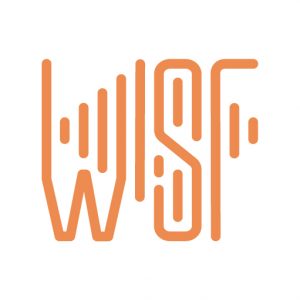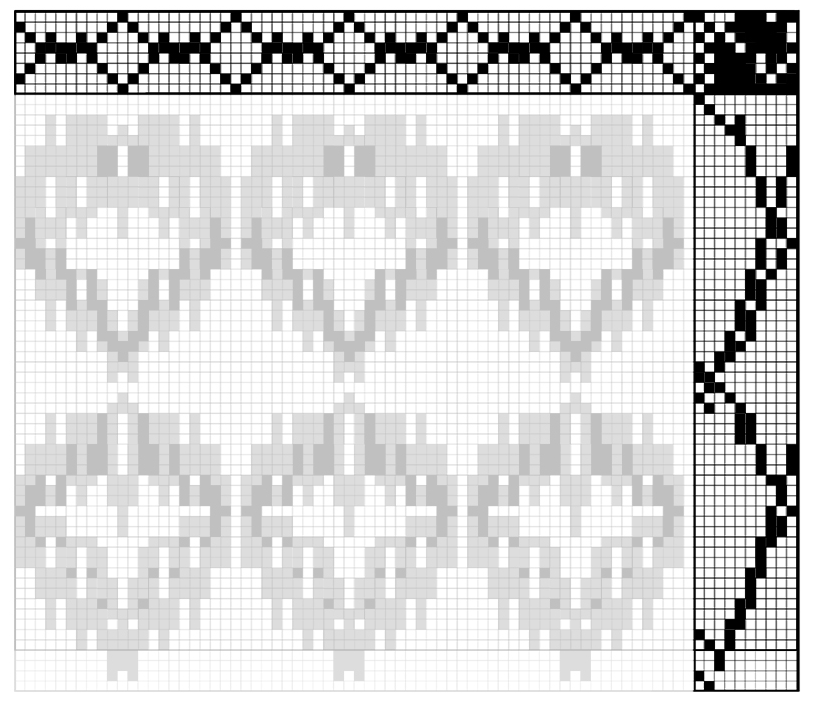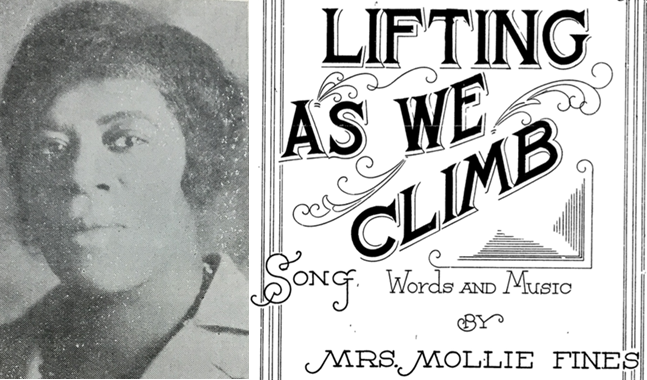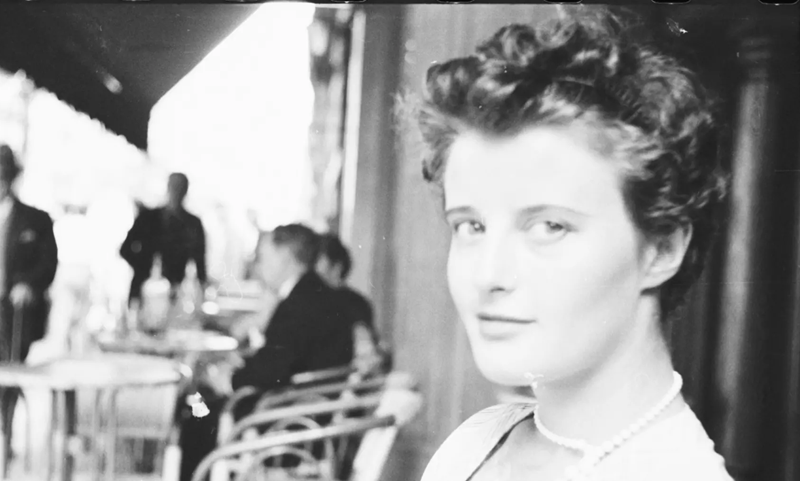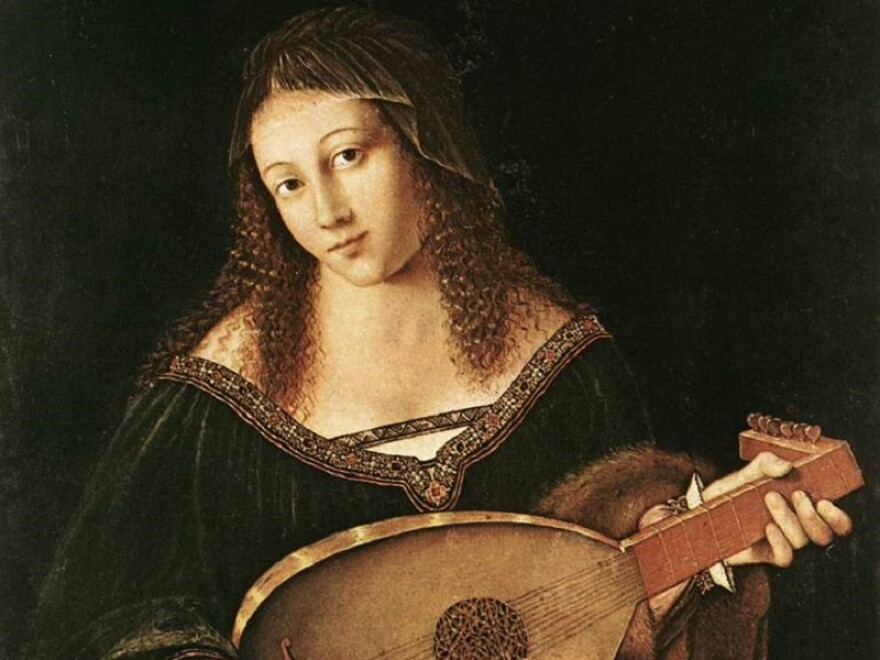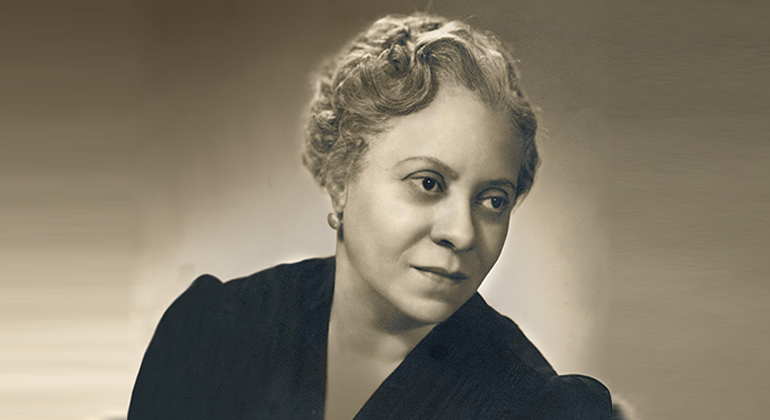In the Art Project Woven Symphony I explore the musicality of traditional weaving through a combination of historical research as well as contemporary technology. I interpret the woven fabric as a map, as a score. I trace the influence of the Jacquard loom on the invention of the earliest piano rolls in history, and delve into the shared principles and professional concepts underlying the structures and surface patterns in both artistic fields. The project seeks to decompose and reconstruct the common understanding of weaving and music history while using modern technology to interpret and illustrate the relationship between the two.
Woven Symphony is composed of seven pieces of music based on seven different weaving patterns of an 8-shaft floor loom. To create different patterns of fabric, a weaver must set up the warp for the loom, design the threading draft and tie-up box, and hit the treadles with their feet in the right order. The fabric diagram created from the weaving draft can be written in numbers, translated into a musical score, and then ‘woven’ into a piece of music. In Woven Symphony, seven different weaving drafts played by seven different musical instruments were arranged into a symphony. The numbers 1–8 represent 8 harnesses in the weaving loom and translate to the do re mi fa so la ti and do of a western major scale.
Essay: Woven Symphony: Exploring the Parallels Between Weaving and Music
In an accompanying essay I explore and analyze the relationship between weaving and music, examining how the connection has taken on diverse forms throughout history. I examine the surprising similarities between weaving structures and structures of classical music, as well as some shared terminology between weaving and the entire field of music.
In the 19th century, the invention of the Jacquard loom inspired the creation of the Player Piano, the first mass-produced technology that allowed music to be performed without musicians. This invention indirectly influenced the invention of the MIDI interface commonly used in contemporary music production. The concept of “repetition” used in classical music such as minimalism and fugues mirrors the repetitive nature found in weaving. Patterns, not only crucial in visual art, represent the repeated structures and notes in musical scores, mirroring the auditory patterns we hear. They also provide a new way of composing music. Shared terminology such as texture, color, rhythm, numbers, and time further intertwine these creative domains.
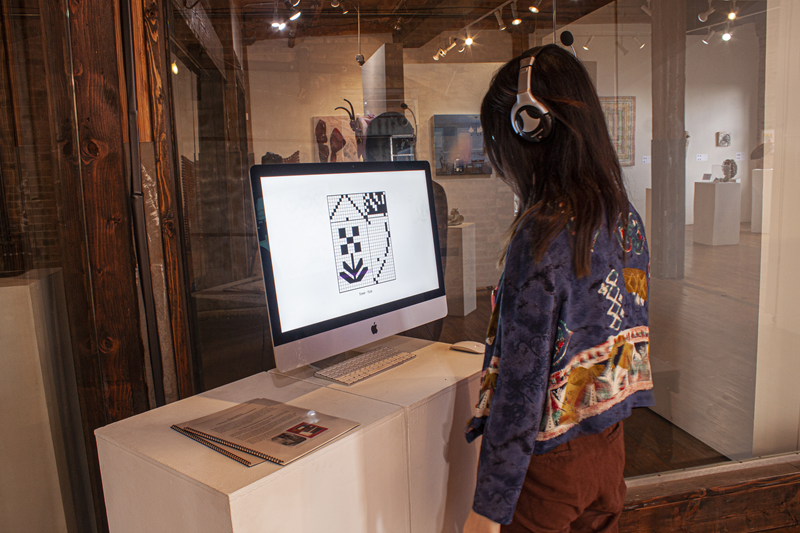
Woven Symphony was exhibited at Woman Made Gallery in Chicago this past September. It will be exhibited in Qianwen Yu’s solo exhibition at Evanston Art Center in 2024.
Notes
Special thanks to Bryan Away for help with the music arrangement and Evan Korte for editing the essay.
For a related WSF post, see Caitlin Schmid’s DRAFT/ PATCH/ WEAVE, which explored how the motions of a loom could weave songs without words.
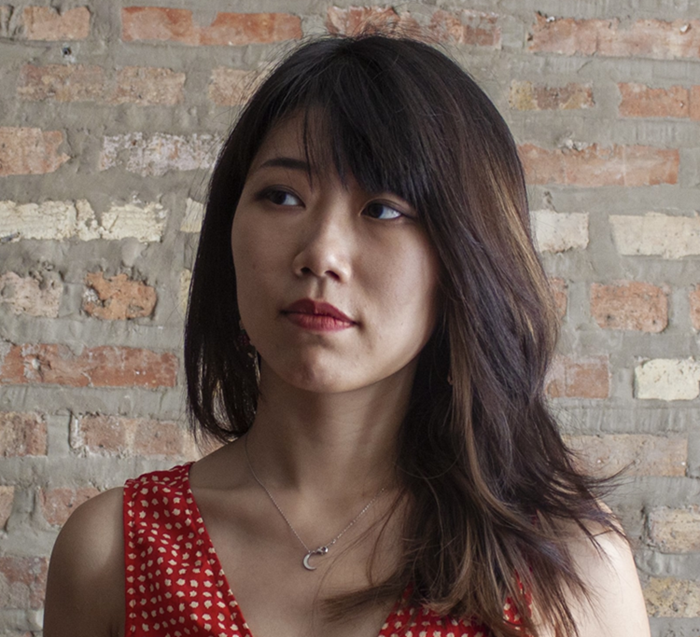
Guest Blogger: Qianwen Yu
Qianwen Yu is an interdisciplinary artist and independent animator based in Chicago, she graduated with an MFA in Film, Video, New media, and Animation at the School of the Art Institute of Chicago in 2020. She takes experiments from 20th-century Modernism in weaving, sound, animation, architecture, and reimagines them in the contemporary moving-image arena. Her artwork and animation have exhibited and screened in Chicago at the Hyde Park Art Center, the Woman Made Gallery, and Evanston Art Center, as well as at Anifilm Festival in Czechia, Anibar International Film Festival in Kosovo, Supertoon International Festival in Croatia, and the CICA museum in South Korea.

